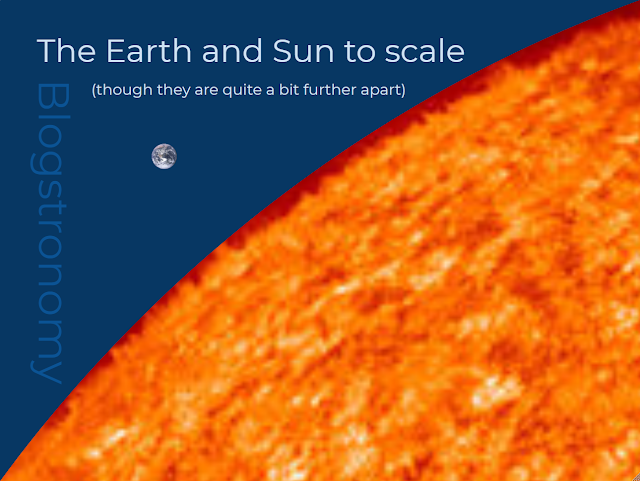How are Planetary Rings Formed?
Planetary rings are not solid objects. They are rings of dust and other particles that are in orbit around a planet- almost like billions upon billions of tiny moons all orbiting close together so that from a distance the rings actually look like a hoop around a planet.
The most famous planetary rings are without a doubt those of Saturn, but the other gas giants in our solar system (Jupiter, Uranus and Neptune) also possess less impressive ring systems of their own. In 2008 the Cassini spacecraft found evidence of the possibility around Rhea, one of Saturn's moons. If this evidence is corroborated, Rhea will be the only body other than a planet to have a ring system.
How do planetary rings form?
There are three main theories as to where planetary rings come from. Two of these involve mention of a concept known as the Roche limit of a planet. Without going into too much detail*, the Roche limit is a calculated distance from a planet. Inside this boundary a body which is held together entirely by its own gravity will be so affected by the planet's tidal forces that it will break up.
1. The protoplanetary disc
When the solar system was young and the planets were first forming, there was a lot of material- dust, small rocks and other particles- orbiting the sun. Much of this was used directly in the formation of the planets, some of it went into orbit around the planets and formed moons. The particles that entered orbit around the planets but were inside the Roche limit of that particular planet were never able to form moons. Instead they stayed as separate particles and eventually spread out to form a disc of matter around the planet.
2. A moon destroyed by collision
If a moon undergoes a large enough impact it may break up, with the disrupted material spreading out around the planet to form a disc.
3. A moon destroyed by tidal forces
The mechanisms by which the matter that goes into the creation of a ring system is collected are very similar to those for moon formation, so it might be useful to read this post on that subject.
Interesting info
- Ring systems are thought to be largely unstable features- matter in them is more likely to coalesce to form moons, or to be accreted onto the planet, or to be lost from the system altogether than it is likely to stay as a stable ring. This is why most ring systems are so thin and tenuous.
- Contrary to the first point, Saturn's ring system is thought to be very old and therefore must be quite stable.
- The sharply defined bands easily seen in Saturn's ring system and observable in other planetary rings are caused by 'shepherd moons'.
- A number of Jupiter's moons are within Jupiter's Roche limit. These moons may be breaking up and supplying matter to the ring system.
- Neptune's rings are thicker in some places than others. This 'clumpiness' originally confused astronomers who thought that the rings were incomplete (the clumps are brighter than the rest of the rings). No-one yet knows what causes the rings to be clumpy, but it is possible that it is an effect of as yet undiscovered shepherd moons.
Related posts



Oooh that's a good lead up to my question. Unfortunately (or fortunately depending on how you view my incessant queries) it has led to at least one further question. What is a shepherd moon? My other question is really just wanting more info on the Roche limit, and how exactly "a body which is held together entirely by its own gravity will be so affected by the planet's tidal forces that it will break up."
ReplyDeleteI'm a pain aren't I?!!!!
You're not a pain at all! They're both questions I expected, and could feasibly have included the answers in this post, but I feel they would be better served in their own posts.
ReplyDeleteI don't mind questions at all! I just hope that /more/ people will start asking them!